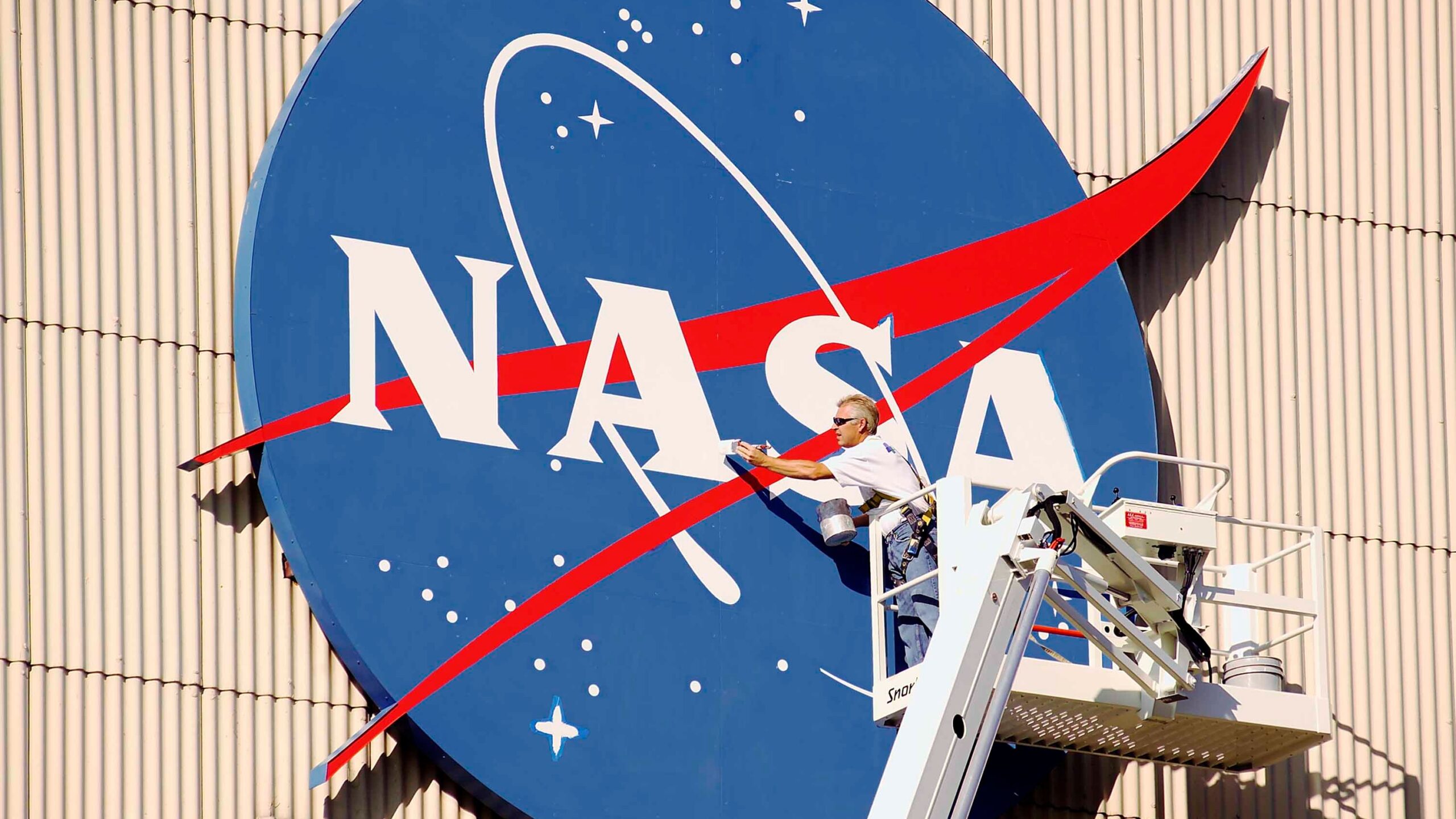lipflip – NASA has received nearly 4,000 deferred resignation applications after two rounds of the program. The latest round closed on July 25, with roughly 3,000 employees applying to leave. The first round, held earlier, saw 870 employees opt for the offer.
Read More : FBI Warns of North Korean IT Worker Threat After Fraud
The deferred resignation program was introduced during the Trump administration as a buyout option. It encouraged federal workers to resign while continuing to receive pay and benefits for a limited time. The program aimed to reduce the federal workforce significantly.
Under the guidance of the Department of Government Efficiency (DOGE), once led by Elon Musk, NASA staff were given this opportunity to depart voluntarily. The total applications now represent about 20 percent of NASA’s workforce. This wave of resignations includes more than 2,000 senior staff members, as reported by Politico earlier this month. The agency faces a major reduction in personnel amid ongoing budget uncertainties.
The departure of such a significant portion of NASA’s workforce raises concerns about the agency’s ability to maintain its operations. Staff losses could affect a range of programs, from space exploration missions to scientific research initiatives.
NASA Staff and Leadership Warn of Budget Cuts and Workforce Impact
NASA is currently grappling with proposed budget cuts that threaten its science programs and workforce stability. Many employees and former staff have voiced strong opposition to these reductions. On July 21, a group of current and former NASA employees published a letter urging Interim Administrator Sean Duffy to reject the proposed cuts. They warned that these policies could waste public funds, compromise safety, weaken national security, and undermine NASA’s core mission. The agency’s budget challenges come at a critical time for NASA. Maintaining a skilled and experienced workforce is essential to advancing space exploration, scientific research, and national security objectives.
If the trend of deferred resignations continues, NASA may face a talent gap that could slow down or halt key projects. Leadership and staff alike emphasize the need for adequate funding to retain essential personnel. The future of NASA depends on balancing fiscal constraints with the need to preserve a capable workforce. How the agency navigates these challenges will shape its ability to fulfill its mission in the years ahead.
Read More : Smartphones Set for Boost with New Tech Breakthrough
This ongoing situation highlights the importance of government support for space science and exploration efforts. The next steps by NASA and federal decision-makers will be crucial in determining the agency’s direction and success.
